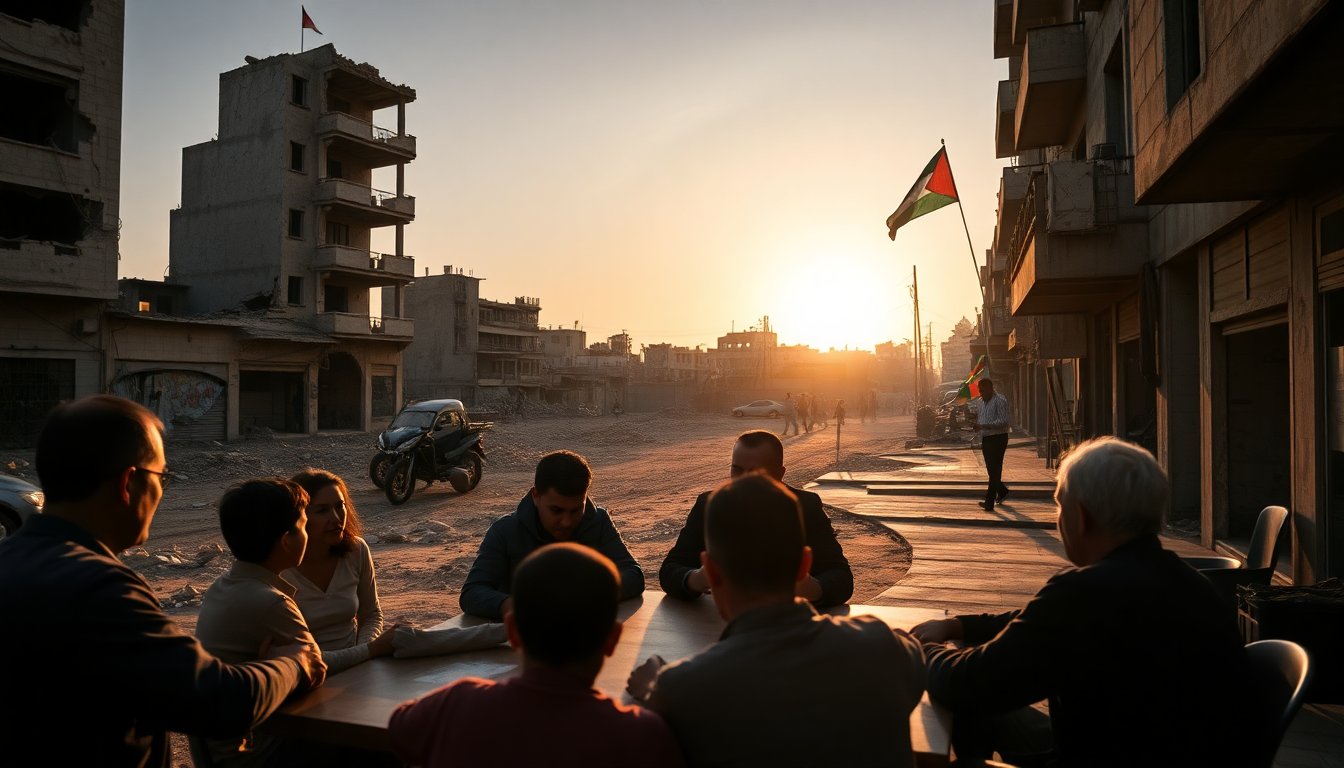Table of Contents
As the ceasefire in Gaza remains intact, both Israel and Hamas find themselves at a critical juncture. The upcoming days will be decisive in determining the future of hostages and prisoners involved in this ongoing conflict. This fragile peace presents an opportunity while posing significant challenges that could influence long-term stability in the region.
With hostilities suspended, focus shifts to the complex negotiations surrounding the release of hostages. The process is delicate and fraught with uncertainty. Understanding the necessary steps for both sides is essential to ensure that this temporary halt in violence can evolve into a more lasting resolution.
Key considerations for negotiations
In the aftermath of the ceasefire, several critical elements will dictate the success of negotiations between the two parties. Foremost is the release of hostages. Many individuals remain in captivity, and their fate is a pressing concern for families and communities on both sides. The way this situation is addressed could either foster goodwill or escalate tensions.
Humanitarian implications
The humanitarian aspect of the hostage situation cannot be overlooked. Families are anxiously awaiting news of their loved ones, and the emotional toll is significant. A successful exchange could not only provide relief to these families but also signal a readiness from both sides to engage in constructive dialogue. Conversely, any missteps could lead to a breakdown in trust, complicating future negotiations.
Steps towards long-term peace
Beyond the immediate concerns of hostage releases, creating a sustainable path towards peace involves understanding the broader context of the conflict. The underlying issues between Israel and Hamas are complex and deeply rooted. Addressing these core grievances is essential to prevent future escalations of violence.
The peace process requires a multifaceted approach that considers political, social, and economic dimensions. While the ceasefire can serve as a starting point, it is crucial that both sides commit to ongoing discussions aimed at addressing the deeper issues that have fueled decades of conflict. This may involve third-party mediation to facilitate discussions and ensure that both parties feel heard and respected.
Challenges ahead
While there is a glimmer of hope in the ceasefire agreement, significant challenges remain. Distrust is a major barrier that must be overcome. Both sides have experienced profound losses and grievances, hindering reconciliation attempts. Building a foundation of trust will require time and persistent effort. Initiatives that promote understanding, such as community dialogues and exchange programs, could be beneficial in this regard.
Moreover, external factors will also shape the future of Gaza. Regional politics, international influence, and the actions of various stakeholders can all impact the trajectory of peace efforts. It is vital for global leaders to support constructive engagement and discourage actions that could reignite tensions.
As the situation in Gaza evolves, the immediate focus remains on the fate of hostages and the potential for ongoing peace. The coming days are critical, not just for those held captive, but for the broader implications of the ceasefire. A successful outcome could pave the way for a more stable and peaceful future, while missteps might lead to renewed conflict.
In navigating this complex landscape, all parties must remain vigilant and committed to dialogue. The path to peace is fraught with obstacles, yet it is a journey worth undertaking for the sake of countless lives affected by this enduring conflict.


